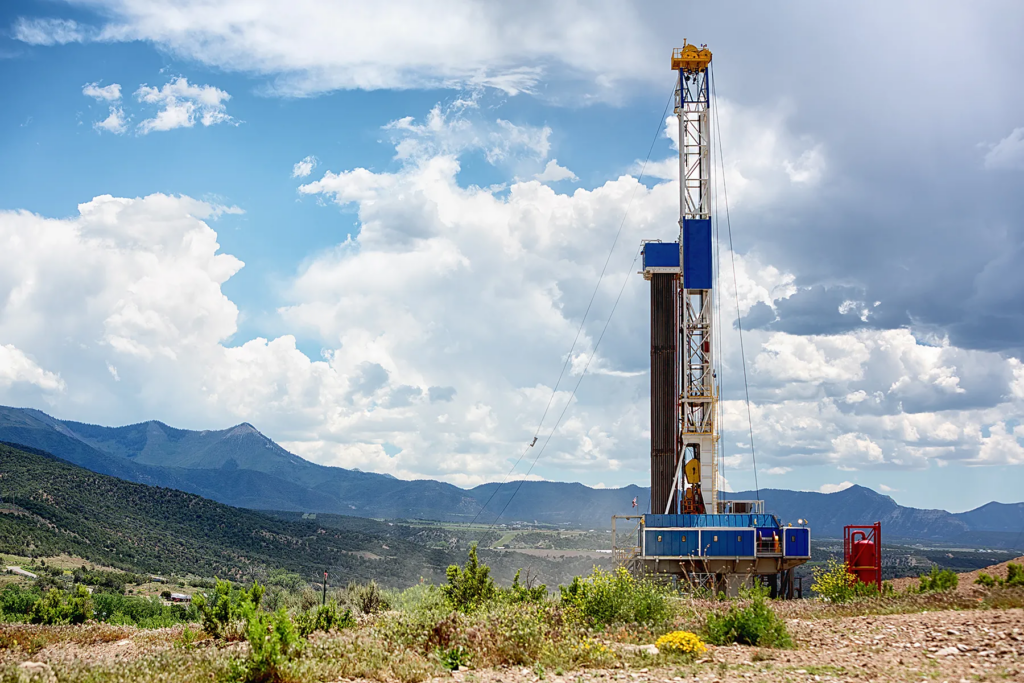
By Sharon Franklin.
A recent New York Times series concerning fracking and water by Hiroko Tabuchi and Blacki Migliozziexplores the relationship between hydrofracking and our disappearing water sources.
Giant new oil and gas wells that require astonishing volumes of water to fracture bedrock are threatening America’s fragile aquifers. An aquifer is a body of porous rock or sediment saturated with groundwater. Groundwater enters an aquifer as precipitation seeps through the soil. It can move through the aquifer and resurface through springs and wells. In Texas, the birthplace of the fracking revolution, increasingly complex oil wells are sweeping across the state into the surrounding United States. These new wells can consume millions of gallons of water that often come from our dwindling aquifers. To satisfy the “fracking thirst,” energy giants are now drilling not just for oil, but for the water they need to operate.
The New York Times series documents this surging water usage by examining an industry database in which energy companies report the chemicals they pump into the ground while fracking. The database includes details on their water usage, revealing the dramatic growth. Critics of fracking say it is an irony that so much water is being diverted to produce fossil fuels, given that the burning of fossil fuels is causing climate change, further straining freshwater resources.
Nationwide, fracking has used up nearly 1.5 trillion gallons of water since 2011. This is equivalent to the amount of tap water used by the entire state of Texas in a year. Today, the insatiable search for oil and gas has become the latest threat to the country’s endangered aquifers, a critical national resource for industrial farming and cities. These mega-fracking projects, called “monster fracks,” have become the industry norm. They account for almost two out of every three fracking wells in Texas. Peter Knappett, professor of hydrogeology at Texas A&M University, refers to fracking companies as “newcomers, a new sector that burst onto the scene and is heavily reliant on the aquifers [that] could be pumping for several decades from aquifers that are already over-exploited and already experiencing long-term declines.”
There is public resistance emerging in New Mexico where a coalition of tribes and environmental groups are suing the state. They’re claiming that fracking companies are using up precious water resources and the state has failed to protect the interests of residents. Also, in Colorado, residents are fighting a proposed fracking project because they fear it would risk contaminating a reservoir their community depends upon. Oil companies require no permits to drill their own groundwater wells and there is no consistent requirement that groundwater used for fracking be reported or monitored. As droughts have gripped Texas and other Sunbelt states, many communities have instituted water restrictions for residents even as fracking has been allowed to continue unabated.
What is the oil industry saying about fracking? Holly Hopkins, an Executive at the American Petroleum Institute, said the industry was “focused on meeting the growing demand for affordable, reliable energy while minimizing impacts on the environment” and its’ members were “continuing to develop innovative methods to reuse and recycle” water used for fracking. British Petroleum said it was “executing several pilot projects to recycle water” that would “minimize freshwater usage,” whileChevron added “that water was vital to its operations and that it aimed to use water efficiently and responsibly,” also saying that it used brackish or recycled water for fracking. Southwestern and Ovintiv did not respond to requests for comment.
Because there is big money to be made in oil, and for those with access to water, it can be easy money to give away water rights. For example, Bruce Frasier, an onion grower who sells groundwater to a local fracking company for 50 cents a barrel, said that “If you’ve got the water to sell, you’re making a fortune”. A small percentage of oil companies is making strides in reusing that fracking wastewater to drill for more oil and gas. Mr. Martin, a rancher and farmer who heads the Wintergarten Water District, doesn’t fault energy companies because he irrigates his cantaloupe fields using groundwater. However, he still contemplates a future of ever-dwindling aquifers, and somberly notes that “If the water goes away, the whole community will [go] away too.”

